Hippeastrum
A striking representative of the amaryllis family, which at least once was grown by almost all indoor plant lovers. Caring for this representative of bulbous is simple: the main thing is to put it under bright diffused light.
It is undemanding to air humidity, but it is not worth pouring (especially during the rest period). When transplanting, it is better not to disturb the roots, carefully transferring them into a larger pot and adding soil.
Important! One third of the onion should remain on the surface.
The flowering period of the hippeastrum is late winter-early spring. In September-October, the plant retires and can throw off not only flowers, but also leaves.
Zephyranthes
Belongs to the amaryllis family (like daffodils or snowdrops). The leaves are narrow, long, from a distance they resemble onion feathers. It blooms most often in spring, but sometimes the inflorescences open in winter or summer - depending on the variety, conditions of detention. The flowers are usually white with a yellow center (similar to a crocus), in some species they are pink, red.
To admire small decorative conditions, place the Zephyranthus pot in a sunny spot and provide it with moderate (but regular!) Watering.
Rodophiala
The second plant on our list is from the Amaryllidaceae family. In the wild, it grows in a subtropical climate, therefore, for successful cultivation, you will have to create similar conditions in the apartment.
It's really easy to do.: protect the flower from direct sunlight, ensure a stable temperature in the region of 20-24C.
The buds are large, reminiscent of a lily. They grow on a high peduncle, 1-2 pcs. Bovine blood lily flowers appear in August-September.
Important! Rodophiala is considered a rather capricious and difficult plant to grow, not suitable for beginners.
Freesia
This indoor flower feels great not only indoors, but also on the balcony or in the garden. In appearance, it resembles an iris - in fact, it belongs to this family.
The flowers are medium-sized, they can be of completely different shades: lilac, pink, yellow, white, red. The aroma of blooming freesia is insanely pleasant: it is somewhat reminiscent of the smell of lily of the valley.
To enjoy the beauty and aroma, it is imperative to provide long daylight ~ 14 hours a day. But the sun should not be scorching - it is best to put the pots on the eastern windows. The second caveat - freesias do not like drafts, so they should be placed away from open windows.
Amaryllis
By the name it is easy to guess what genus this perennial belongs to. Amaryllis is practically the twin of hippeastrum, but they are two different species of the same family.
Firstly, amaryllis blooms richer - at a time it throws out 10-12 flowers that emit the finest aroma. However, its foliage is poorer and smaller, leaves appear during or after the ejection of the flower.
Since bulbous indoor plants are a kind of "hamsters" that store nutrients for the next season, amaryllis must be abundantly fertilized in spring and summer. Then we can confidently expect a rapid flowering in August-September.
Hyacinth
Perhaps one of the most spring flowersthat is easy to grow at home. Bright clusters with small flowers of lilac, red, yellow, pink appear in February-March: therefore, at the end of winter, variegated hyacinths can be found on sale in most stores.
If you want hyacinth to please with flowering for a few more years, remove the pots with bulbs after flowering and falling foliage for storage in a cool place (17-18C). After 3 months, they can be exhibited again in a well-lit place and soon expect a vigorous flowering.
Important! Keep flowers away from children and animals - the plant contains the alkaloid lycorin, which can cause severe poisoning.
Narcissus
Another messenger of spring is a wonderful sunny daffodil! Most often they are grown in gardens, but daffodils will do just fine as a houseplant. The bulbs are stored in a cool place between plantings, planted in the ground in November, and in mid-February they are exposed in a bright place: then the daffodils will bloom by about March 8.
Daffodils are considered not very whimsical in terms of watering and fertilization - the main thing is to prevent the bulbs from rotting.
Hymenokallis
Another representative of the amaryllis. The bulbs are large (9-10 centimeters), the leaves are long (up to 100 cm). But hymenokallis are grown not because of the greenery, but for the sake of unusual flowers. From a white cup, reminiscent of a petunia, 6 thin long petals emerge, simply hanging or wrapped back.
If you are looking for a flower for the south window - here it is! Hymenokallis loves the sun, steadfastly transfers direct rays. He is also distinguished by his love of water. The soil in the pot should be constantly moist, but the roots need to breathe - so be sure to lay a good drainage layer.
Zantedeschia
The second name is better known - calla. One of the most spectacular plants in the bulbous catalog. Graceful leaves, large multi-colored buds - pots with zantedesky will decorate any room.
Calla lilies are native to South Africa, so caring for a plant in the middle lane is not so easy. It requires warmth and bright lighting, but at the same time high humidity and frequent watering (since it grows in wetlands and coastal areas).
Krinum
The main distinguishing feature of this Amaryllidaceae species is size. The bulbs are large, the leaves reach 150 cm in length. Krinums are considered ideal candidates for landscaping spacious halls, cool rooms, and winter gardens.
Unpretentious "giants" can grow both in direct and in diffused light, at any humidity. The main thing is not to dry out the earthen lump and add nutrients a couple of times a month (during active growth).
Eucharis
For its characteristic white flowers and wide distribution in the deltas of the river of the same name, the flower was nicknamed "Amazonian lily". They bloom magnificently - in one umbrella on a long arrow from three to ten buds. But you can also grow for the sake of greenery - large, fleshy, very beautiful leaf plates.
Water regularly, not allowing the soil to dry out. They are rarely transplanted, only during a dormant period - preferably by transshipment. Propagated by division (breaking the bush into fragments of 4-5 bulbs) or by seeds that are formed after flowering.
Gemantus
These bulbous indoor flowers extremely unusual: Their leaves have a soft edge, and their flowers are like fluffy balls of pistils and stamens. Plants are considered poisonous, but hazardous substances are contained only in the bulb - the tops are safer.
This flower has an undeniable advantage over many bulbs: it retains its decorative effect all year round, without retirement.
Usually, the plant is unpretentious: it grows on any windows, does not suffer from low humidity, it rarely requires a transplant (once every 4-5 years).
Vallota
Another perennial amaryllis, similar to hippeastrum - the only visual difference is in size. Leaves are narrow, up to 30 cm. Flowers are medium - about 5 cm in diameter, bell-shaped. The buds are formed in late summer and remain open for 4-5 days. A mature, developed plant can bloom twice a year.
Important! The vallot is transplanted very carefully, trying not to damage the bulb or roots - otherwise, the root system will simply start to rot and the plant will die.
Weltheimia
An unusual and larger version of the hyacinth: the flower grows up to 0.3-0.5 m in height. The pink flowers have no petals, like caterpillars hanging from one stem. Blooming occurs in winter, which is why the flower is also called a winter rocket or torch.
Problem with the cultivation of Veltheimia in that it loves low temperatures (it blooms only at 14-15 degrees). Therefore, it is quite difficult to achieve flowering in an apartment with central heating: but in a private winter garden there is a high probability of seeing the beauty of the plant.
Gloriosa
One of the few bulbous with curly stems. The homeland of the flower is Africa, so its growth in apartments cannot be called rapid. But gloriosa has a long flowering - from July to October. Tropical flowers are adorned with red petals with a yellow border, somewhat reminiscent of flames.
Planting is possible in any universal soil, but the humidity must be high. It grows best in bright, but cool (up to 20 degrees) rooms.
Boevia
Like the previous specimen, the boevia stems are curly... An exotic plant with a huge bulb and curly hair looks very unusual, but be careful: the flower is extremely poisonous... Juice that gets on your skin can cause severe irritation.
The tropical beauty must be protected from the excessively scorching sun and stagnant water, and also take into account that boevia loves low air temperatures.
Ledeburia
An indoor daylily with contrasting, spotted leaves is good even without flowers. Moreover, it blooms extremely inconspicuously, so it is worth starting up primarily for the sake of greenery. More precisely - gray-white-purple "tops".
It grows slowly, necessarily requires a rest period in a cool (up to 15C) place. During active growth, it needs a long day of light and regular watering.
Eukomis
For inflorescences, similar to an exotic fruit, the people of this member of the Asparagus family are nicknamed "pineapple". Lush shrubs are loved by landscape designers, but they look no worse in interiors.
Wide wavy leaves of fresh green color, coupled with unusual colors, will brighten any room. Eukomis needs bright sun and high humidity, so it should be placed on the south or east window, placing a container with water or a humidifier next to it.
Drimiopsis
Perennial bulbous flower with light spotted leaves and not very noticeable small flowers (pictured). To achieve maximum decorativeness of greenery, the pot is exposed to bright light - in fact, this is the most important thing when growing Drimiopsis.
Watering, fertilizing and moisture are certainly necessary, but not so necessary - the plant is picky about them.
Lashenalia
Or lachenalia. Most often, the aloe-like variety is grown: it got its name for the dense curved leaves, similar to aloe, with dark specks. The peduncle is tall with many individual narrow tubular buds, painted in a tropical palette - yellow, orange, scarlet.
One of the benefits of the plant is it is practically not attacked by pests, it can only get sick due to rotting of the bulb. Therefore, adjust the watering and expose the flower to the sun for a comfortable environment.
Poultry
Many species are cultivated, but among them there are poisonous ones containing alkaloids and glycosides. It can be grown both in pots and in the ground.
Decorate the windowsill this bulbous plant with small cute white flowers does not require much effort - ornithogalum practically does not need special attention. Care is uncomplicated: Plant in well-drained soil, place in light partial shade, ensure moderate watering. It remains only to water, expecting flowering in late spring and early summer.
Albuca
One of the most unusual colors on our list. First, the albuca - succulent... Secondly, it has unusual curly leaves. Thirdly, the name is translated "shoot white", which fully characterizes the plant during the flowering period.
Like any succulents, albuca should not be sprayed, and it should be watered very rarely. They grow it in soil with excellent drainage, placing the planted flower in a warm place.
Nerina
It is logical to end the list with a representative of the most extensive bulbous family - Amaryllis. It differs from others in thin long leaf plates and umbrella flowers, collected in 5-6 pieces.
During the period of activity, a high temperature is required, but it is better to put it at rest in a dry, cool (up to 10 degrees) place. Blooms in autumn: September-October.
Important! There is no clivia in the list above - this flower, despite its direct relation to amaryllis, does not have a bulb.
When choosing bulbous plants, remember that many of them need to be kept cool during dormancy. This is the only way you can achieve abundant re-flowering and excellent health of the flower.

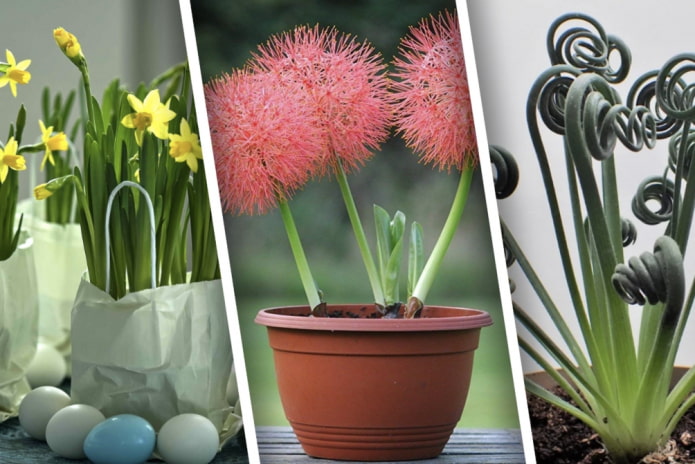
 10 practical tips for arranging a small kitchen in the country
10 practical tips for arranging a small kitchen in the country
 12 simple ideas for a small garden that will make it visually spacious
12 simple ideas for a small garden that will make it visually spacious
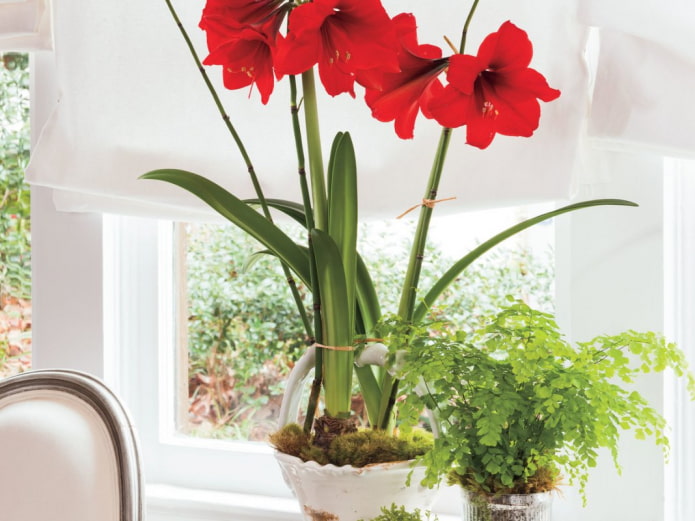
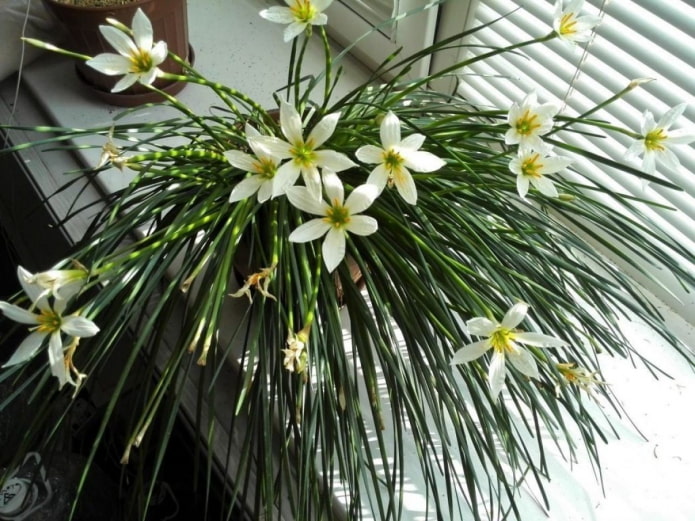
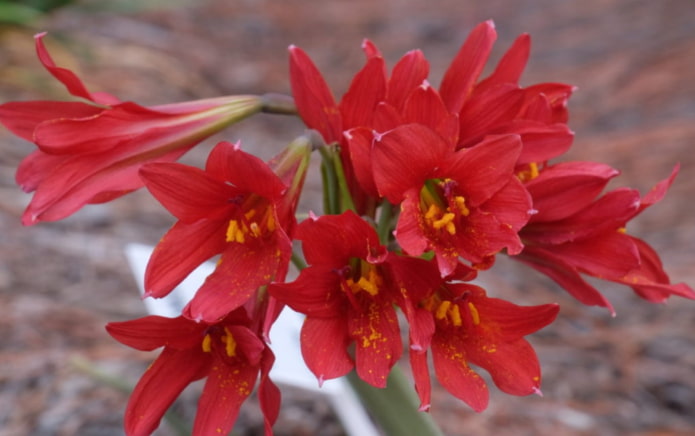
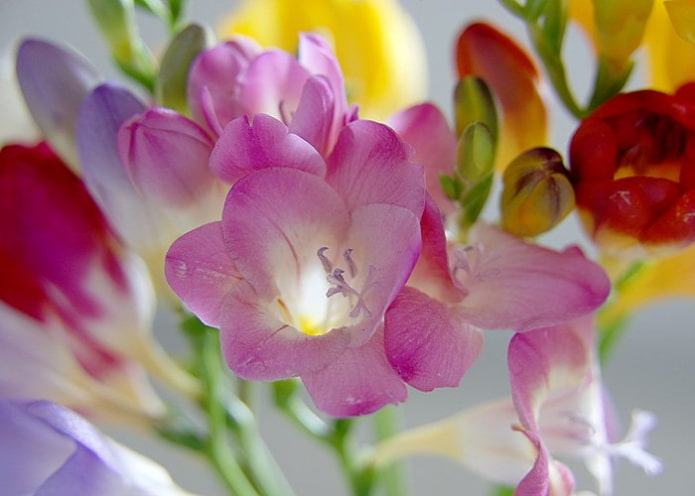
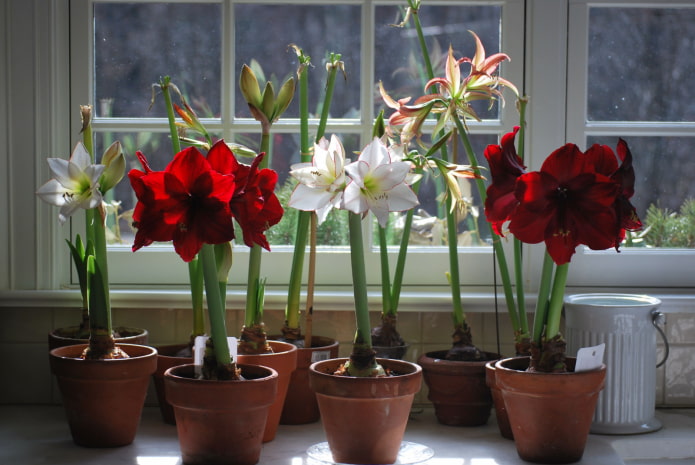
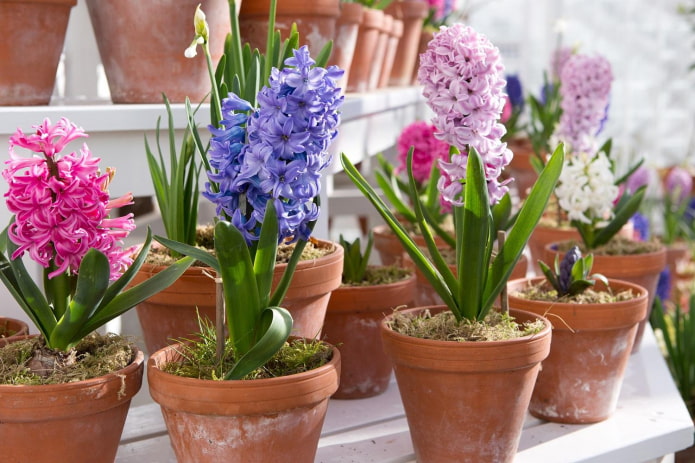


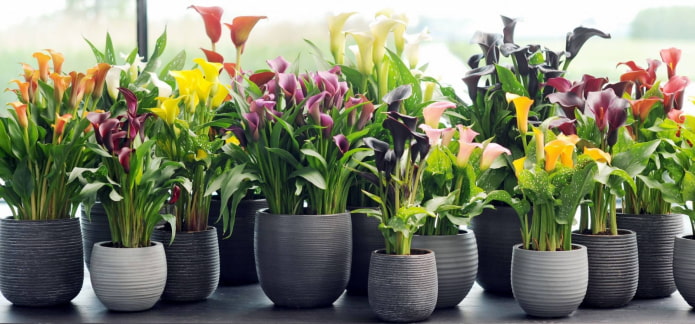
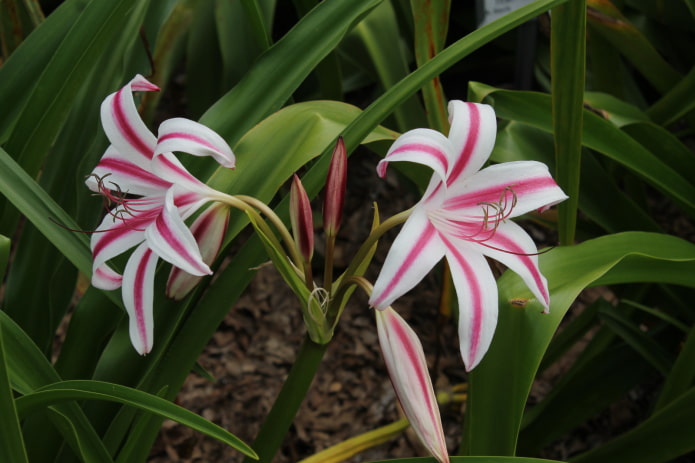
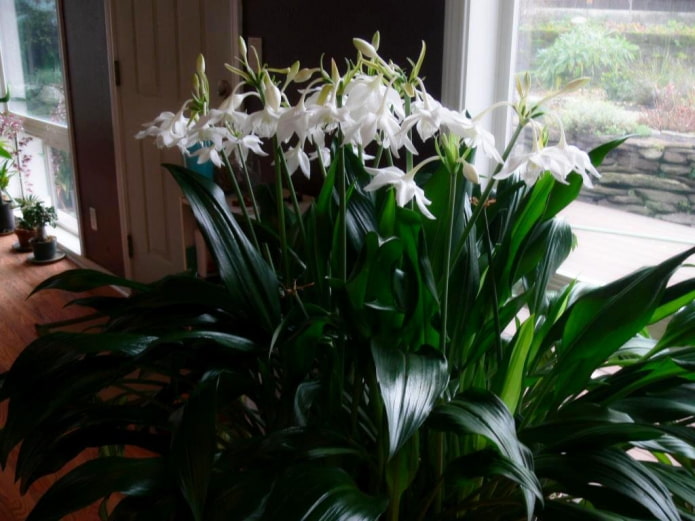
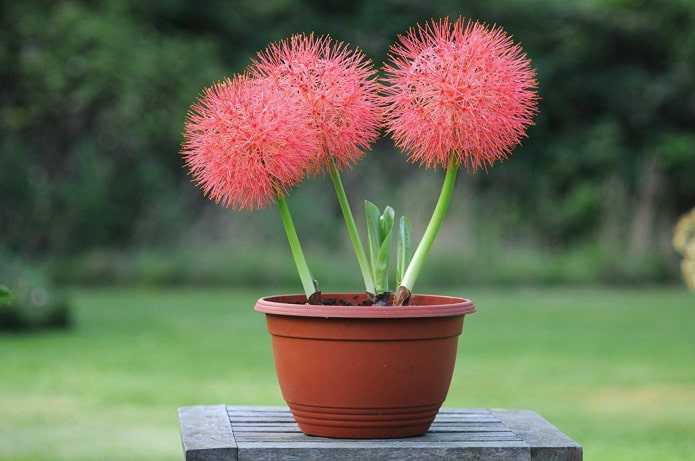

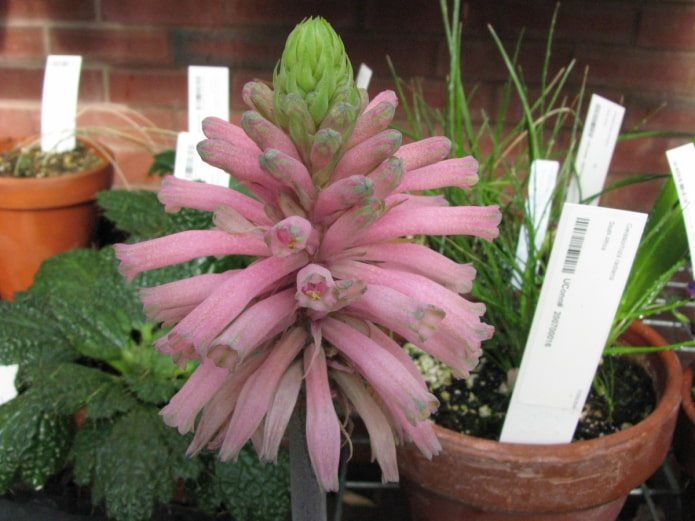
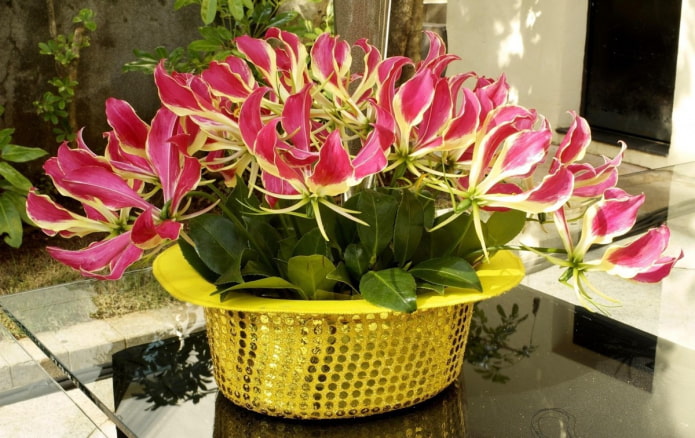
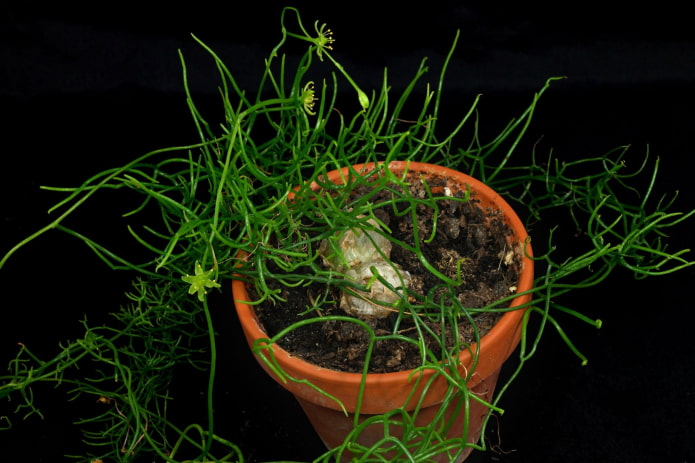
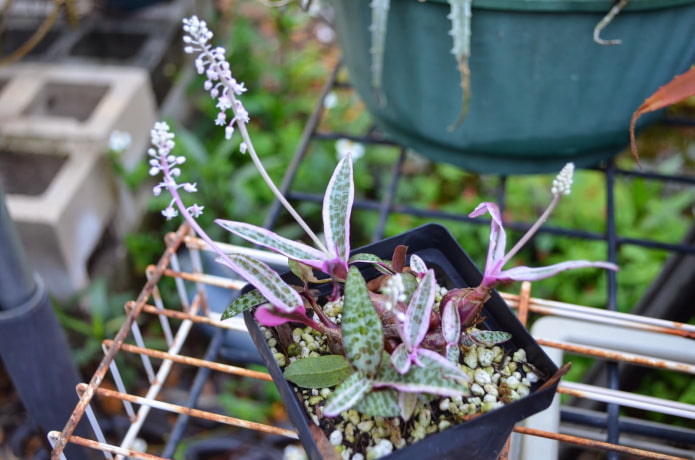
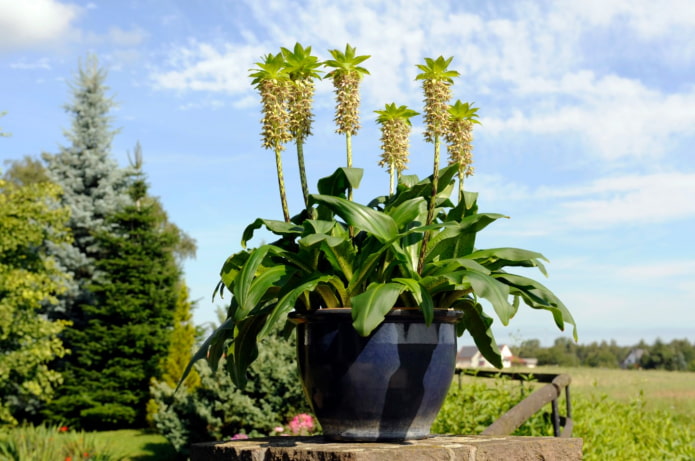
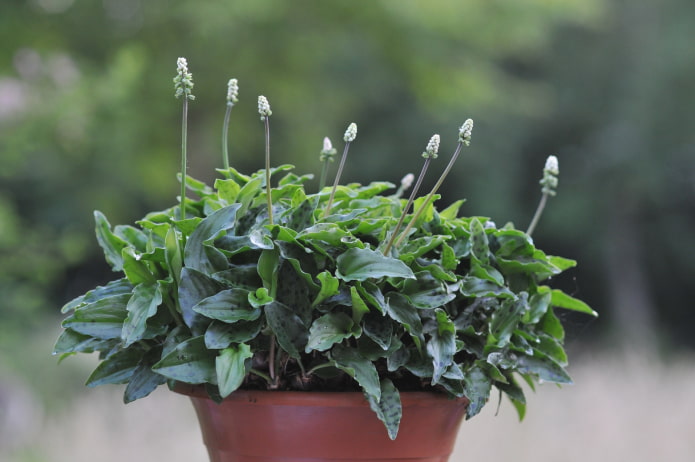


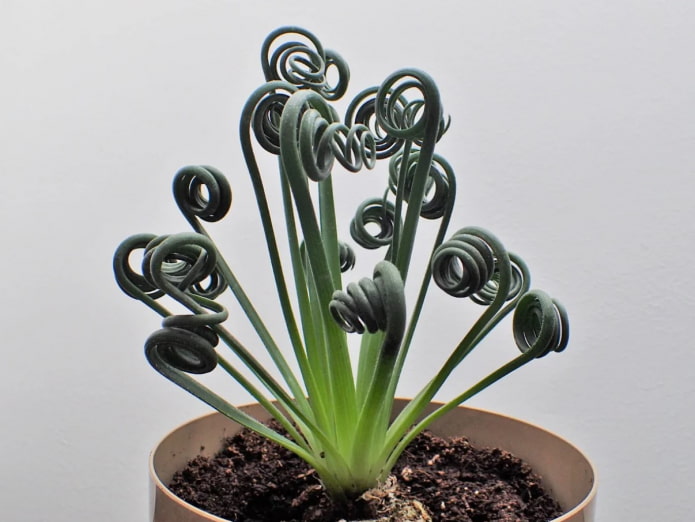

 13 bad habits a good housewife shouldn't have
13 bad habits a good housewife shouldn't have 24/7 home cleanliness - 4 secrets for the perfect housewife
24/7 home cleanliness - 4 secrets for the perfect housewife 6 hotels in Sochi that will give odds to the promoted foreign hotels
6 hotels in Sochi that will give odds to the promoted foreign hotels Top 10 interior design trends 2020
Top 10 interior design trends 2020 Rating of cheap TVs with Smart-TV
Rating of cheap TVs with Smart-TV New Year's LED garlands on AliExpress - we disassemble while it's hot, so that it's bright at home
New Year's LED garlands on AliExpress - we disassemble while it's hot, so that it's bright at home